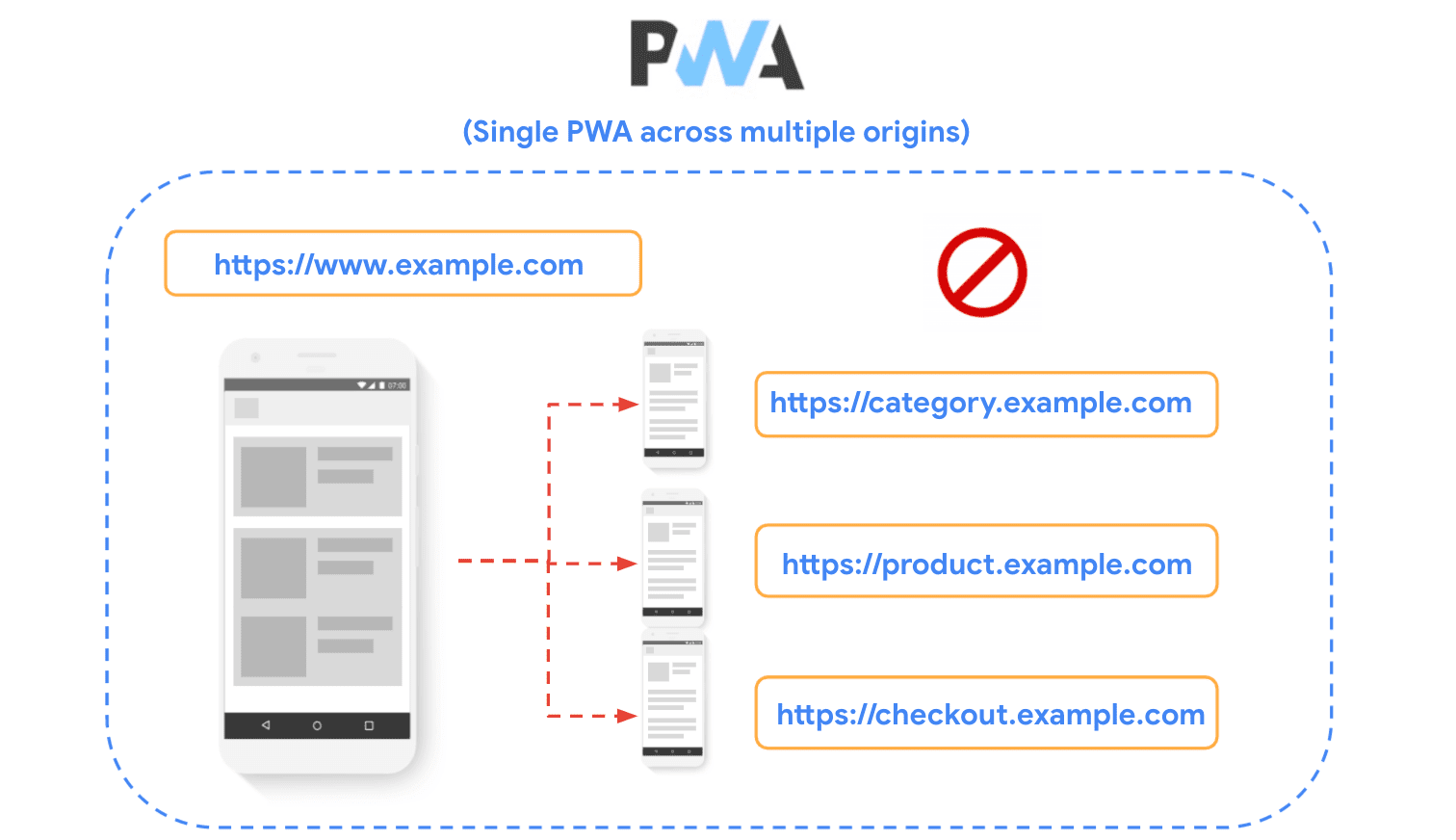Crepost Insights
Exploring the latest trends and stories in the world of news and information.
Progressive Web Apps: The Secret Sauce for Rapidly Engaging Users
Unlock the magic of Progressive Web Apps to supercharge user engagement and elevate your website like never before! Discover how inside.
Understanding Progressive Web Apps: How They Enhance User Engagement
Progressive Web Apps (PWAs) are revolutionizing the way users engage with web content by offering a seamless experience that combines the best features of both web and mobile applications. Unlike traditional web applications, PWAs are designed to load quickly and function offline, enabling users to access information without a stable internet connection. This capability not only enhances user experience but also improves engagement metrics by reducing bounce rates and increasing the time spent on a site. With features such as push notifications, PWAs keep users informed and connected even when they are not actively browsing, making them a powerful tool for businesses looking to retain their audience.
Moreover, SEO for PWAs is significantly improved due to their fast loading times and mobile-friendliness, which are critical factors for search engine rankings. As PWAs are served over HTTPS and are more interactive, they contribute to better user experiences that search engines, like Google, favor. This not only drives more traffic but also enhances brand loyalty. The ability to install PWAs on a user's home screen creates a native app-like experience, thus fostering deeper user engagement by allowing easier access to content. Businesses investing in PWAs can thus capitalize on these advantages, turning casual visitors into loyal customers.

Top 5 Reasons Why Progressive Web Apps Are Essential for Modern Businesses
Progressive Web Apps (PWAs) have become a cornerstone for modern businesses, offering a seamless experience across devices. One of the key reasons they are essential is their ability to function offline, which ensures that users can access content without a consistent internet connection. This offline capability not only enhances user experience but also significantly increases engagement rates. According to Google's Web Fundamentals, PWAs can leverage caching to deliver content to users. Additionally, their fast loading times contribute to lower bounce rates, ultimately resulting in higher conversions.
Another compelling reason to adopt Progressive Web Apps is their cost-effectiveness and ease of maintenance. PWAs combine the best features of both websites and mobile applications, allowing businesses to reach a broader audience without needing separate development for iOS and Android. This unification reduces development and maintenance costs substantially. As highlighted by Forbes, investing in PWAs not only simplifies operations but also enhances the user experience, driving customer loyalty and repeat business. Organizations that prioritize PWAs position themselves favorably in an increasingly digital landscape.
Are Progressive Web Apps the Future of User Experience?
In today's digital landscape, the emphasis on user experience is paramount, and Progressive Web Apps (PWAs) are rapidly emerging as a powerful solution to enhance it. PWAs combine the best features of web and mobile applications, providing users with an app-like experience that is both responsive and reliable regardless of network conditions. According to Google Developers, these applications leverage modern web capabilities to deliver fast, engaging, and immersive experiences that are accessible on any device. By eliminating the need for traditional app stores, PWAs provide a seamless installation process and immediate updates, which significantly enhance user satisfaction.
Moreover, the benefits of PWAs extend beyond just user experience; they also contribute to improved performance metrics, lower bounce rates, and increased engagement. For instance, a study by PWA Stats shows that retailers using PWAs have experienced up to a 60% increase in conversions. As sites prioritize users’ needs in an increasingly competitive market, the adoption of PWAs is likely to expand, leading to a future where enhanced user experiences are the norm. This strong potential for growth and innovation positions PWAs as the frontrunners in the evolution of how users interact with digital content.